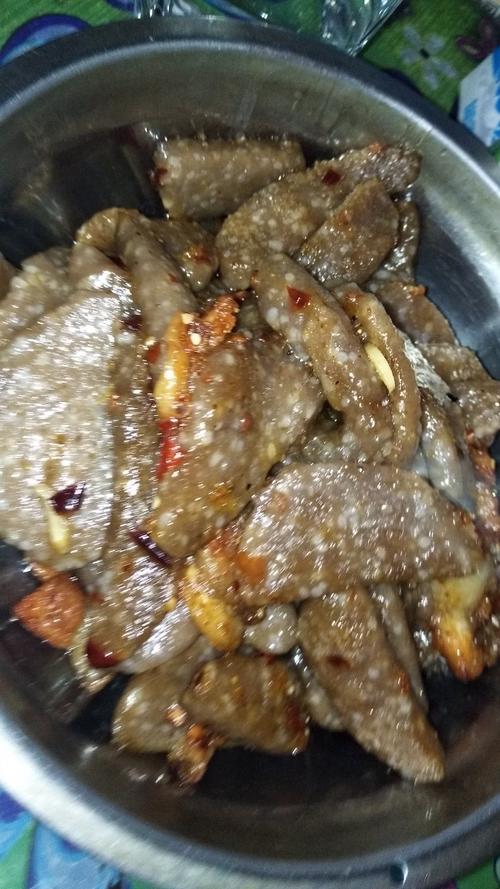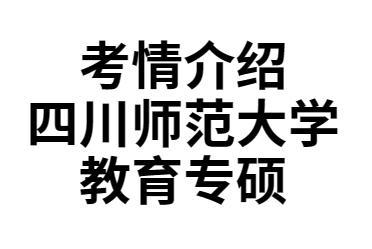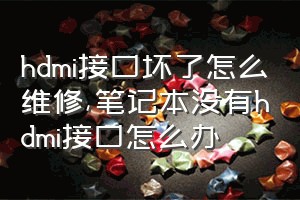
1)状态系动词
用来表示主语状态,只有be一词,例如:
He is a teacher. 他是一名教师。(is与补足语一起说明主语的身份。)
2)持续系动词
用来表示主语继续或保持一种状况或态度,主要有keep, remain, stay, lie, stand, 例如:
He always keeps silent at meeting. 他开会时总保持沉默。
This matter remains a mystery. 此事仍是一个谜。
3)表像系动词
用来表示"看起来像"这一概念,主要有seem, appear, look, 例如:
He looks tired. 他看起来很累。
He seems (to be) very sad. 他看起来很伤心。
4)感官系动词
感官系动词主要有look,feel, smell, sound, taste, 例如:
This kind of cloth feels very soft.
这种布摸起来很软。
This flower smells very sweet.
这朵花闻起来很香。
5)变化系动词
这些系动词表示主语变成什么样,变化系动词主要有become, grow, turn, fall, get, go, come, run.
例如:
He became mad after that. 自那之后,他疯了。
She grew rich within a short time. 她没多长时间就富了。
6)终止系动词
表示主语已终止动作,主要有prove, turn out, 表达"证实","变成"之意,例如:
The rumor proved false. 这谣言证实有假。
The search proved difficult. 搜查证实很难。
His plan turned out a success. 他的计划终于成功了。(turn out表终止性结果)
常见类型归纳:
be动词(am,is,are),表感官(feel,look,smell,sound,taste),表似乎(seem,appear),表变化词(get,become,turn,grow,make,come,go,fall,run),表保持(remain,keep,stay,continue,stand,rest,lie,hold)
可带名词作表语:become,make,look,sound,fall,turn[后接的是单数名词大多不用冠词(例:He turned teacher)。],prove,remain













